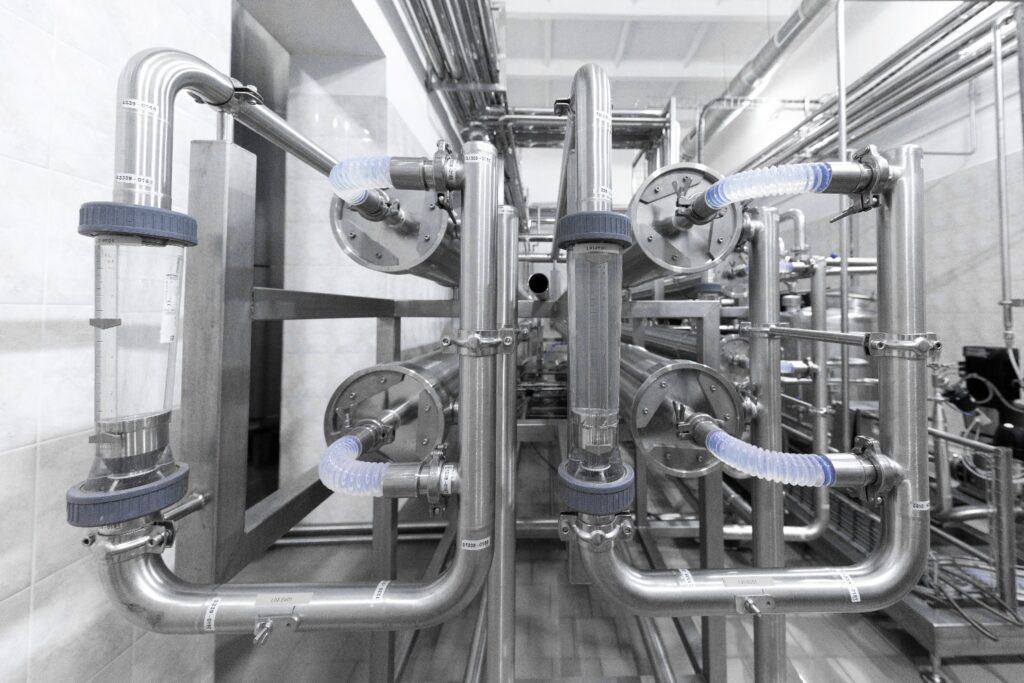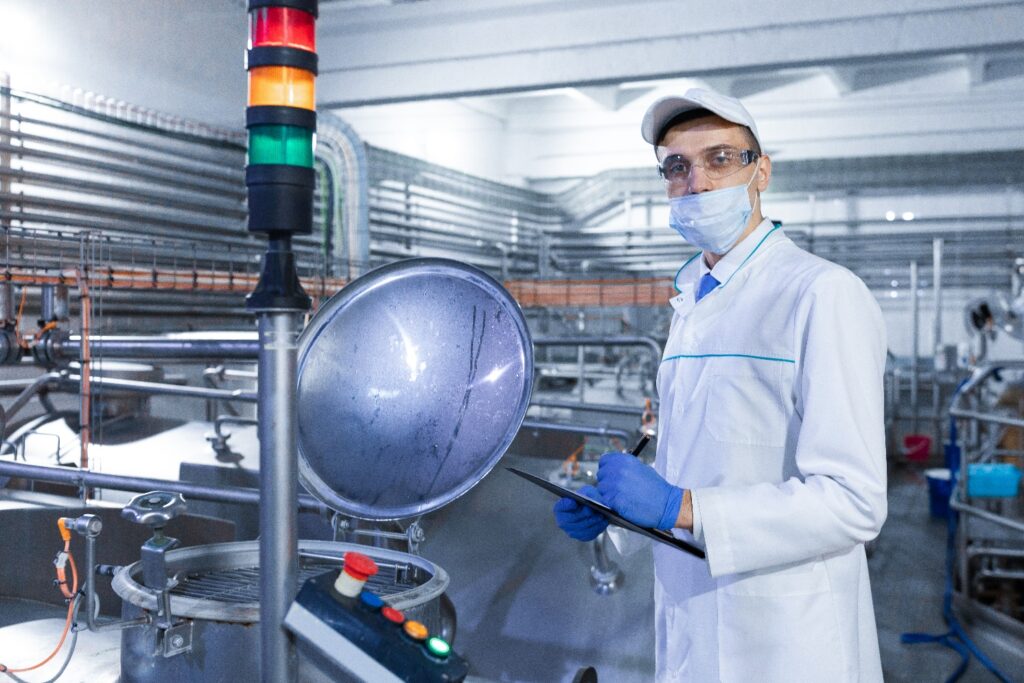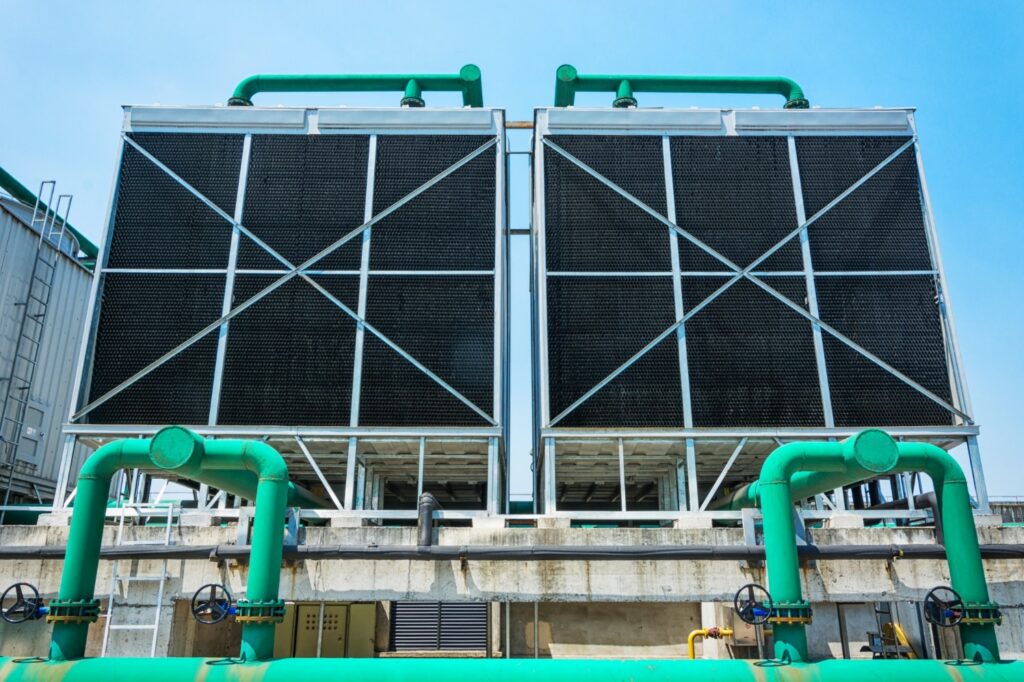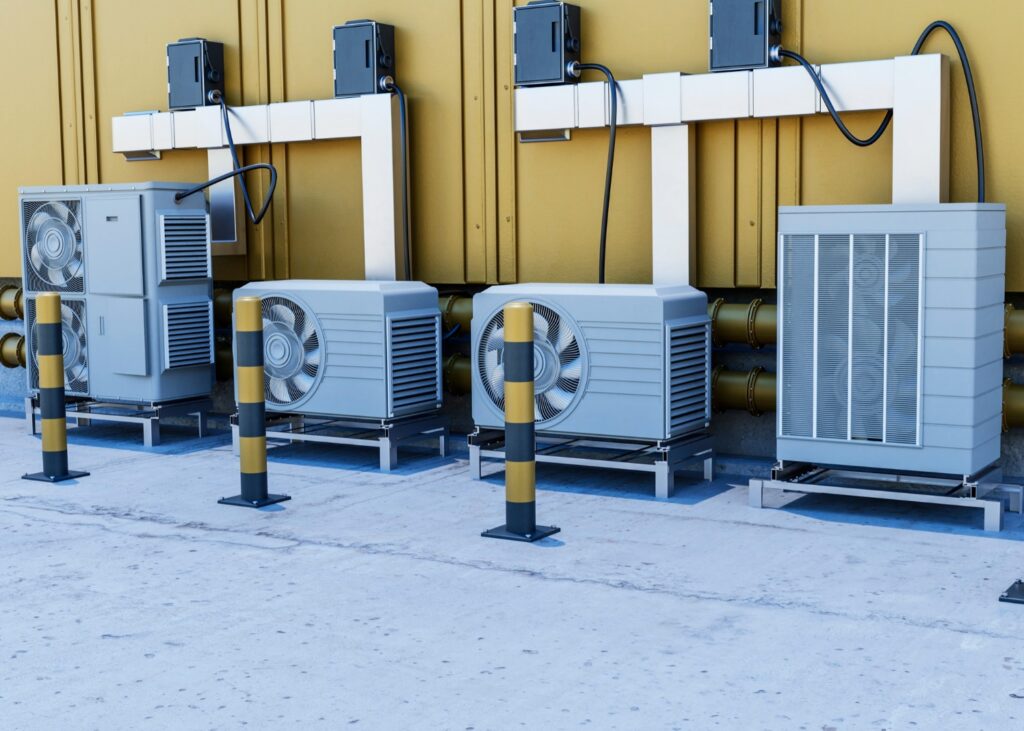In many industrial operations, a shell and tube heat exchanger is the workhorse of heating, cooling, condensing or evaporating fluids. Choosing the right one is vital for efficiency, cost control and long-term reliability. Below are key criteria to guide you in selecting the best shell & tube unit for your process, plus how a good manufacturer can make all the difference.
- Understand Your Process Requirements
Before anything else, gather these fundamental specs:
- Fluid properties: type (liquid/gas), viscosity, corrosiveness, presence of solids or particulates. Highly corrosive or dirty fluids need special materials and design.
- Temperatures & pressures: maximum & minimum of hot and cold streams; allowable pressure drop; safety margins.
- Duty / Heat Load: how much heat needs to be transferred per unit time; whether heating or cooling; whether continuous or intermittent operation.
- Design Factors to Consider
This impact both performance and lifespan:
- Shell vs tube side fluid allocation: it’s often better to put the more fouling or solid-laden fluid in the shell side, so tubes are easier to clean or replace.
- Tube sizing & number of passes: Tube diameter, wall thickness, number of passes (how many times fluid goes through tube side) affect the flow velocity, pressure drop and heat transfer efficiency.
- Baffle design: shell-side flow is directed by baffles, which ensure turbulence, better heat transfer, and avoid stagnant zones (which cause fouling). The layout and spacing of baffles influences pressure drop and performance.
- Material selection: The metals/alloys used for tubes, shell, gaskets must resist corrosion, fatigue from temperature cycles, and have good thermal conductivity.
- Consider Standards, Maintenance and Life‐Cycle Cost
- Standards & Certification: Use units built to recognized standards (e.g. TEMA for shell & tube exchangers) to ensure safety, compatibility and quality.
- Ease of maintenance: Is the tube bundle removable? Can you clean internally without disassembly? Regular cleaning is important if fouling is expected.
- Footprint & installation constraints: The size of the exchanger (length / diameter), how it will fit into your plant layout, how accessible it is for service etc.
- Balancing Cost vs Performanc
An over‐spec’d exchanger will cost more upfront, have bigger size and higher running costs (pump power, maintenance). An under‐spec’d unit may fail early, waste energy, or require frequent downtime. It’s essential to balance:
- Initial material and manufacturing cost
- Operating cost (energy losses, pressure drops)
- Maintenance / downtime cost
- Expected lifetime in your specific conditions
- Choosing a Reliable Manufacturer / Supplier
When selecting from shell and tube heat exchanger manufacturers in India, or shopping with heat exchanger suppliers in India, look for:
- Proven track record in similar applications
- Good engineering design capability (thermal calculations, CFD, etc.)
- Ability to customize design based on your fluid, duty, pressure etc.
- High quality materials, fabrication, testing, and after-sales support
Why SCES Shrao Engineering Is a Great Choice?
If you are looking for a partner who understands all the above, SCES Shrao Engineering stands out. As a leading heat exchanger manufacturer, SCES has decades of experience, ISO-certified processes, and the mechanical & material expertise to design shell and tube heat exchangers tailored to exact process needs. Whether your fluids are clean, dirty, corrosive, high-pressure or high-temperature – SCES can deliver performance, durability and good lifecycle value.
Ready to choose the right shell and tube heat exchanger for your process? Contact SCES Shrao Engineering today for a free consultation and quote. Let our experts help you optimize your heat transfer, reduce energy costs, and ensure long-term reliability.





